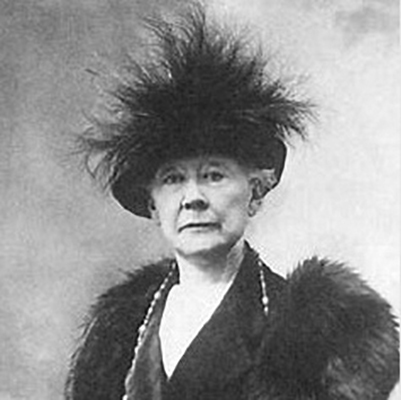MARY CASSATT (1844-1926)
 Mary Cassatt was American painter who lived mostly in France and became known for making intimate drawings, paintings, and prints depicting women, often with their children, as strong, confident figures. As a child, she traveled with her family to Europe, inspiring her to learn French and German and move to Paris in 1866. She studied for a few years under different teachers before returning, reluctantly, to her family’s home in Pennsylvania. She tried unsuccessfully to sell her work in New York, but gained a commission from the archbishop in Pittsburgh, earning enough money to go back to Europe.
Mary Cassatt was American painter who lived mostly in France and became known for making intimate drawings, paintings, and prints depicting women, often with their children, as strong, confident figures. As a child, she traveled with her family to Europe, inspiring her to learn French and German and move to Paris in 1866. She studied for a few years under different teachers before returning, reluctantly, to her family’s home in Pennsylvania. She tried unsuccessfully to sell her work in New York, but gained a commission from the archbishop in Pittsburgh, earning enough money to go back to Europe.
A few years after Cassatt took a studio in Paris, she grew frustrated by (and outspoken about) the art scene’s preference for male artists, and several years later, in 1877, Edgar Degas, who was drawn to Cassatt’s modern approach, invited her to show with the Impressionists. Cassatt had already admired Degas for his pastels, which she saw in gallery and later recalled that the works changed her life. Degas inspired her to take her sketchbook out of the studio to capture the vibrant people and scenes of Paris. Many of her most important works were executed in pastel.
Cassatt also made portraits of family members, and her style evolved to a simpler approach than the Impressionists. After 1886, Cassatt no longer identified with the Impressionists. Her feminism began to manifest more directly in her “New Woman” drawings and paintings.
Later, she turned toward a series of paintings depicting mother and child. She realized success in the 1890s, making aquatints, drawings, paintings, and even a 12-by-28-foot mural, Young Women Plucking the Fruits of Knowledge or Science, for the World’s Columbian Exposition (better known as Chicago’s World’s Fair).
France awarded Cassatt the Legion d’honneur in 1904 for her contributions to the arts, and she continued working until 1911, when a combination of health conditions forced her to stop.
